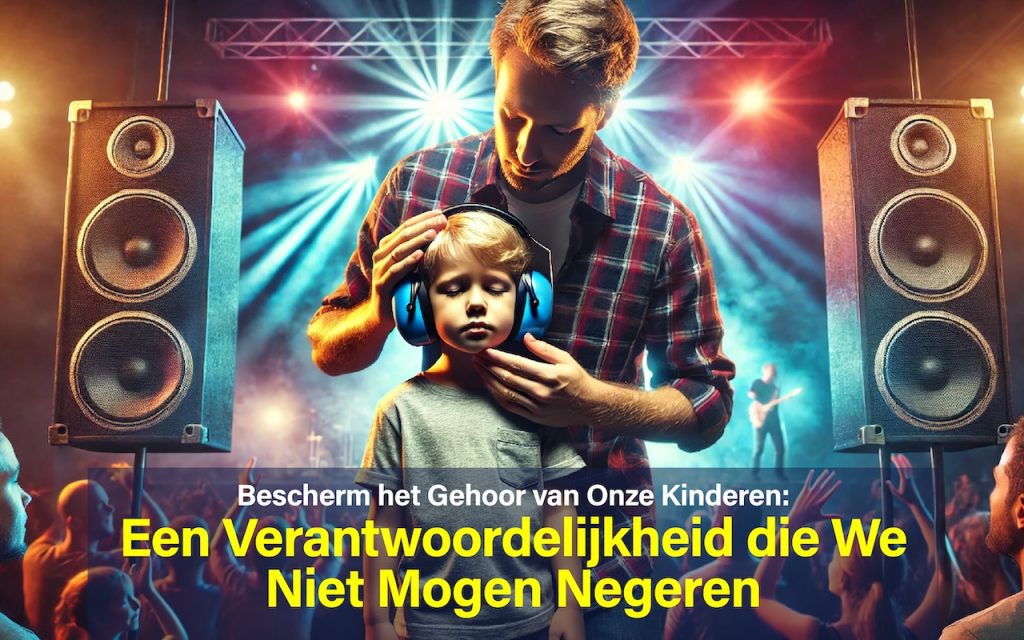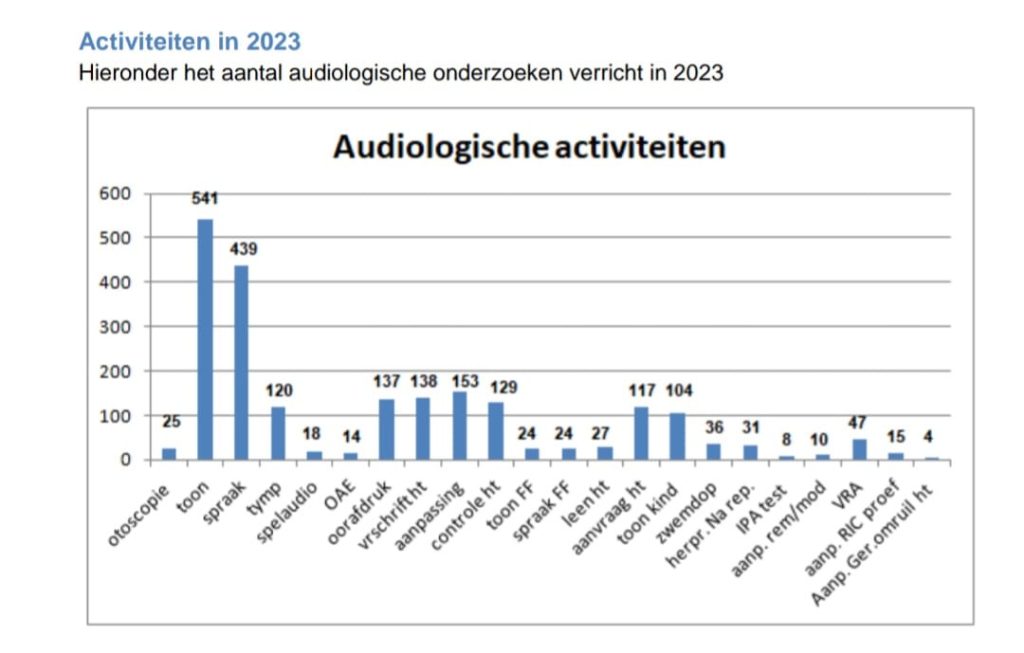
The Growing Concern over Noise in Children
These days children more often exposed to loud noises than ever before - at festivals, concerts, sporting events or even in everyday settings such as shopping malls and restaurants. While loud music and parties provide fun, they also represent a serious risk for young ears.
Why Should Parents and Caregivers Care?
The human ear is fragile, and children's hearing is even more sensitive than that of adults. Noise-induced hearing loss (NIHL). is permanent, but 100% to prevent. Research shows that long-term exposure to noise levels above 85 decibels (dB) can lead to irreversible hearing damage. By comparison, a typical carnival parade or concert can 110 dB or more reach, which can cause hearing damage within minutes.
Audiology Activities: Tone audiometry in 2023
Recent research shows that by 2023 541 tone audiometry tests have been performed. This is the most commonly used test to measure hearing loss, in which a person sits in a soundproof booth with headphones and responds to beeps of different frequencies (500-8000 Hz).
Number of New Clients and Cochlear Implants.
From the 504 new clients there came 130 eligible for two hearing aids according to the rules of AZV.
At 2023, 1 deaf baby and 3 deaf adults have been implanted with a cochlear implant.
In total, 11 children diagnosed with hearing impairment, of which 2 children qualify for 1 or 2 hearing aids according to AZV.
Unfortunately, children with hearing loss in one ear not eligible for hearing aid reimbursement through AZV. Parents must pay for this themselves, even though these children are are at risk for delays in speech-language development and educational attainment.
For children under four years who are eligible for hearing aids, pays FEPOH if necessary the personal contribution, which should normally be paid for by parents. If a hearing aid is lost, parents must bear the full cost themselves.
Situations Where Children Are at Risk.
- Carnival & Festivals 🎭 - Large speakers, drums and fireworks can expose children to dangerously high noise levels.
- Sporting Events & Concerts 🎵🏟️ - Stadiums and festivals often reach noise levels comparable to a fighter jet.
- Headphone use 🎧 - Many children listen too loudly and for too long, often above safe limits.
What Can Adults Do?
As parents, caregivers and community members, it is our job To protect children from hearing damage. Here's what we can do:
1. Provide Hearing Protection at Noisy Events.
- Use earplugs or hearing protectors at festivals, concerts and parades.
- Keep distance from speakers Or venues with loud music.
2. Teach Children about Safe Listening
- Encourage to take breaks in noisy environments.
- Limit the volume of headphones up to 60% from the maximum and let children no more than one hour per day listening at high volume.
3. Advocate for Safe Noise Levels.
- Event organizers should child-friendly areas with lower noise levels should be considered.
- Schools and community centers would need to educate parents and children On hearing health.
Additional Advice for Parents
Leave young children at home if you are going to an environment with a lot of noise. For example:
- Children under 5 years would not to Carnival have to go because of the extremely high noise level (DVG advice).
- In noisy environments, such as parades or fireworks shows, hearing protection is a must!
The Long-term Effects of Hearing Loss
Hearing damage does not heal - it stays forever. Children with hearing loss may have to deal with Learning disabilities, speech delays and social challenges. By protecting their ears today, we provide a healthier and sound future.
A Call to Our Community
We all love to party, but fun should never come at the expense of a child's health. Let's making hearing protection a priority, so that the next generation Can continue to enjoy music, conversation and life.
Protect young ears today - because once hearing is lost, it never comes back.


